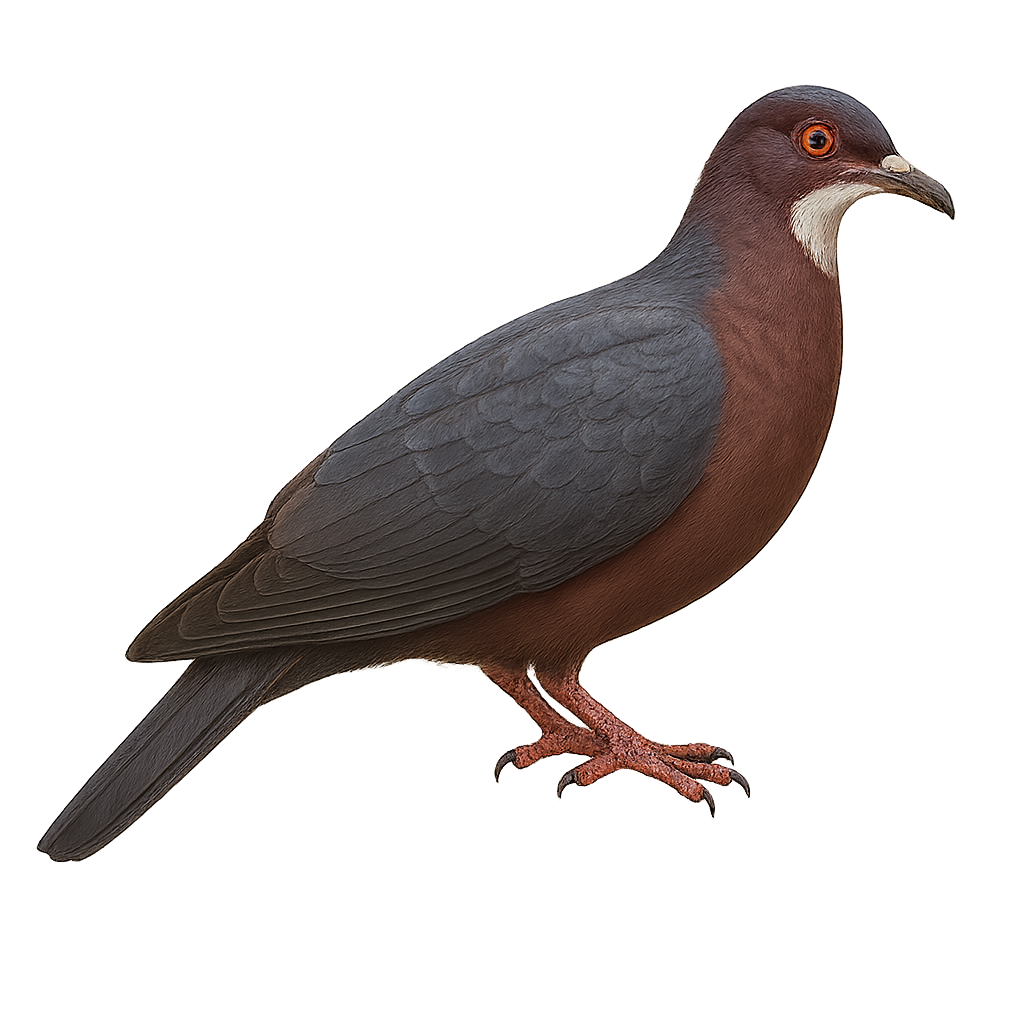Your wildlife photography guide.
Explore the white-throated pigeon in detail, study its behavior, prepare your shots.
Where to observe and photograph the white-throated pigeon in the wild
Learn where and when to spot the white-throated pigeon in the wild, how to identify the species based on distinctive features, and what natural environments it inhabits. The WildlifePhotographer app offers tailored photography tips that reflect the white-throated pigeon’s behavior, helping you capture better wildlife images. Explore the full species profile for key information including description, habitat, active periods, and approach techniques.
White-throated Pigeon
Scientific name: Columba vitiensis

IUCN Status: Least Concern
Family: COLUMBIDAE
Group: Birds
Sensitivity to human approach: Suspicious
Minimum approach distance: 10 m
Courtship display: July to August
Incubation: 17-19 jours
Hatchings: July to September
Habitat:
Tropical forests, subtropical forests, mangroves
Activity period :
Primarily active during the day, with peak activity in the morning and late afternoon.
Identification and description:
The White-throated Pigeon, or Columba vitiensis, is a medium-sized bird, measuring approximately 37 to 40 cm in length. It is distinguished by its white throat contrasting with its generally gray-blue plumage. The wings and tail are darker, and it has a slightly iridescent sheen on the neck. This bird is primarily arboreal, living in tropical and subtropical forests. It feeds mainly on fruits, seeds, and berries. The White-throated Pigeon is often observed alone or in small groups. It is widespread in the Pacific islands, notably in Fiji, Samoa, and New Caledonia. Although not considered threatened, deforestation poses a potential risk to its natural habitat.
Recommended lens:
400 mm – adjust based on distance, desired framing (portrait or habitat), and approach conditions.
Photography tips:
To photograph the White-throated Pigeon, it is advisable to use a telephoto lens of at least 400mm to capture detailed images without disturbing the bird. Look for areas where the bird feeds, such as fruit trees, to increase your chances of observing it. Be patient and discreet, as this bird can be suspicious. Early morning or late afternoon, when the light is soft, are the best times to get beautiful photos.
The WildlifePhotographer App is coming soon!
Be the first to explore the best nature spots, track rutting seasons, log your observations, and observe more wildlife.
Already 1 429 wildlife lovers subscribed worldwide

